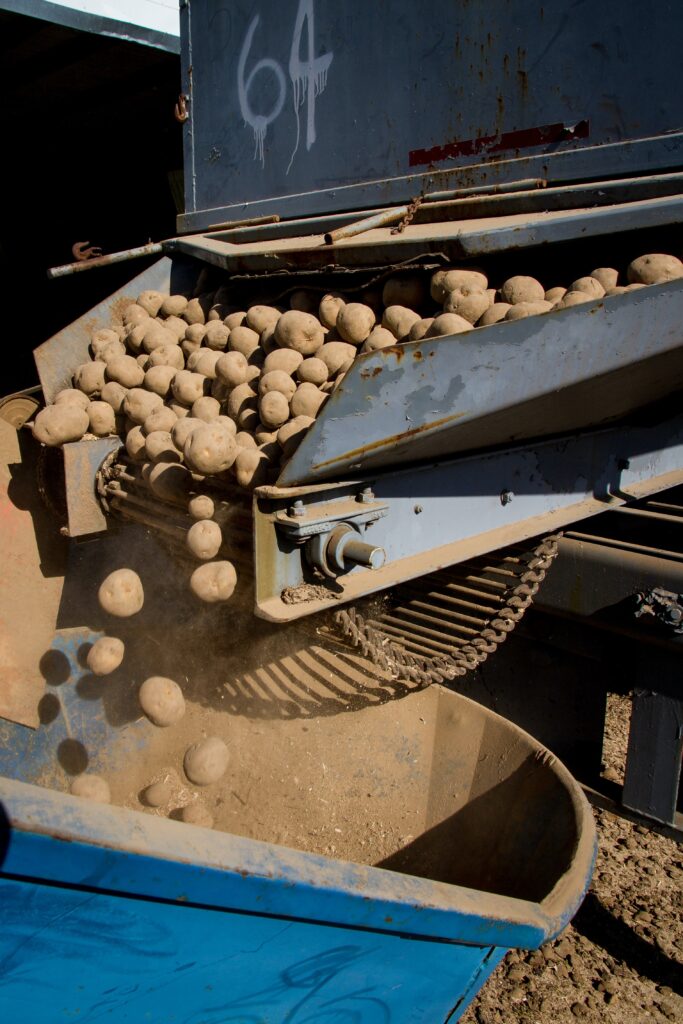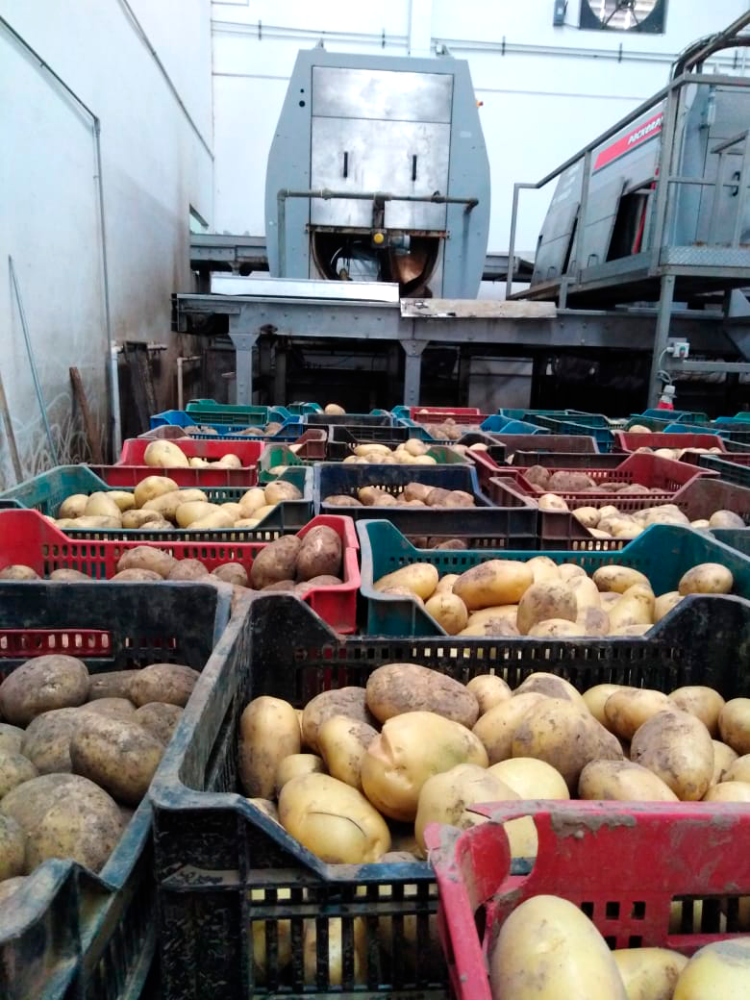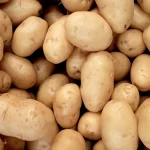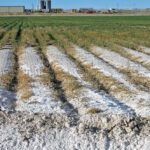All vegetables perform two survival mechanisms during post-harvest; Breathing and Perspiration, these allow them to use the nutritional reserves to cover the metabolic energy requirements (ATP). Specifically, respiration achieves obtaining ATP, however, during the time it remains in storage places, and due to unavoidable physical forces, the water that makes up the structure of each fruit and vegetable leaves the environment in search of a balance thermodynamic.
Few plant products allow extensive storage, normally this is facilitated by:
- Breathing rat
- Ethylene Susceptibility
- Water content
Apples, potatoes, pears, are some of these few examples of storage for up to 1 year. In the case of pomaceous fruits, their low susceptibility to ethylene and the possibility of using controlled atmospheres allow long storage periods; In the case of tubers such as potatoes, their low respiration rate, low relative water content, also allows it, however, since temperatures lower than 8-10 C (in those intended for industry) do not proceed, the rate of perspiration is very high and therefore its loss of weight very marked.

Effects of not controlling relative humidity in room environments for potato storage.
Since the water loss derived from the respiration rate at the potato storage temperature is high, we must minimize the impact of dehydration on transpiration, this is achieved with high percentages of relative humidity in the rooms. Maintaining high water vapor pressures in storage environments, reduces the outflow of water from the tuber, avoiding weight loss. According to Afek, Orenstein (american journal of potato research), in 10 months of storage without relative humidity control (82-86%) 10% of the initial weight is lost, at this same time with relative humidity control (96 -98%) does not exceed 2%. AGUATRONICS humidification systems reach levels higher than 95% relative humidity, without wetting, without loss of water, with automatic control that avoids condensation, promoting proper storage of tubers without quality deterioration.

 AgronoBlog – Agriculture Blog
AgronoBlog – Agriculture Blog 



